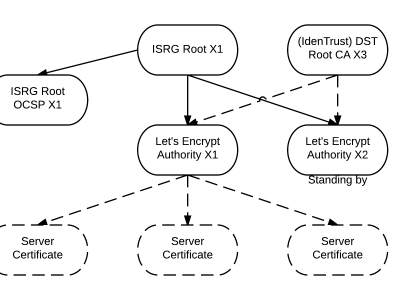如何使用 systemd 中的定时器

在我下面提到的步骤中有其他的选择,但是这里是最简单的方法。在此之前,请查看systemd.service, systemd.timer,和systemd.target的帮助页面(man),学习你能用它们做些什么。
运行一个简单的脚本
假设你有一个脚本叫:/usr/local/bin/myscript ,你想要每隔一小时就运行一次。
Service 文件
第一步,创建一个service文件,根据你Linux的发行版本放到相应的系统目录(在Arch中,这个目录是/etc/systemd/system/ 或 /usr/lib/systemd/system)
myscript.service
[Unit]
Description=MyScript
[Service]
Type=simple
ExecStart=/usr/local/bin/myscript
注意,务必将Type变量的值设置为"simple"而不是"oneshot"。使用"oneshot"使得脚本只在第一次运行,之后系统会认为你不想再次运行它,从而关掉我们接下去创建的定时器(Timer)。
Timer 文件
第二步,创建一个timer文件,把它放在第一步中service文件放置的目录。
myscript.timer
[Unit]
Description=Runs myscript every hour
[Timer]
# 首次运行要在启动后10分钟后
OnBootSec=10min
# 每次运行间隔时间
OnUnitActiveSec=1h
Unit=myscript.service
[Install]
WantedBy=multi-user.target
授权 / 运行
授权并运行的是timer文件,而不是service文件。
# 以 root 身份启动定时器
systemctl start myscript.timer
# 在系统引导起来后就启用该定时器
systemctl enable myscript.timer
在同一个Timer上运行多个脚本
现在我们假设你在相同时间想要运行多个脚本。这种情况,你需要在上面的文件中做适当的修改。
Service 文件
像我之前说过的那样创建你的service文件来运行你的脚本,但是在每个service 文件最后都要包含下面的内容:
[Install]
WantedBy=mytimer.target
如果在你的service 文件中有一些依赖顺序,确保你使用Description字段中的值具体指定After=something.service和Before=whatever.service中的参数。
另外的一种选择是(或许更加简单),创建一个包装脚本来使用正确的顺序来运行命令,并在你的service文件中使用这个脚本。
Timer 文件
你只需要一个timer文件,创建mytimer.timer,像我在上面指出的。
target 文件
你可以创建一个以上所有的脚本依赖的target文件。
mytimer.target
[Unit]
Description=Mytimer
# Lots more stuff could go here, but it's situational.
# Look at systemd.unit man page.
授权 / 启动
你需要将所有的service文件和timer文件授权。
systemctl enable script1.service
systemctl enable script2.service
...
systemctl enable mytimer.timer
systemctl start mytimer.service
Good luck.
via: http://jason.the-graham.com/2013/03/06/how-to-use-systemd-timers/
作者:Jason Graham 译者:johnhoow 校对:wxy
本文转载来自 Linux 中国: https://github.com/Linux-CN/archive






















